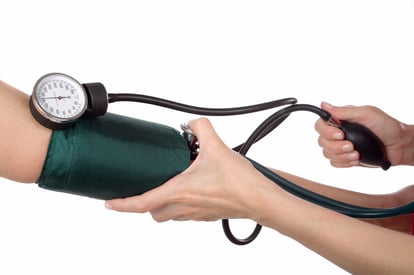Back to Basics: Urinary Catheterization Part II
Join Our Movement
What started as an idea has become a national movement. With your support, we can influence policy and inspire lasting change.
Become an Advocate
Another important diagnosis found through urodynamic testing could be detrusor sphincter dyssynergia (DSD). DSD means the bladder and urinary sphincter are not acting in unison. The bladder should contract while the urinary sphincters open. This allows urine to flow out. When the urine has emptied from the bladder, the bladder muscle should relax, and the sphincters should close. In DSD, the bladder may be contracting while the sphincter is also contracting. The result is increased pressure in the bladder which pushes urine back up into the kidneys. Medication is available to align the contraction of the bladder with relaxation of the sphincter.
Sometimes just the bladder or just the sphincter is over or under contracting. These conditions can also be corrected with medication. Some procedures can help correct these issues. A sphincterotomy is a small slit in the sphincter which limits the ability for it to contract. The result is a continuous outflow of urine but pressures in the bladder are avoided. Another option is the insertion of a stent to hold the sphincter open. Botox injections into the bladder or sphincter can aid in over contractions. One of these procedures might be performed if a person has an upper motor neuron bladder (UMN) or a bladder that is spastic.
For those without tone in their bladder or sphincter, trans obturator tape insertion, sling surgery, or artificial sphincter implantation is available. These procedures will tighten the sphincter or support the bladder but require intermittent catheterization for bladder emptying.
Other procedures include bladder augmentation where a small piece of bowel enlarges the bladder thereby increasing capacity. Urinary diversion is a stoma that is surgically created in the abdomen with a bag for collection of urine attached to the skin (much like a colostomy but for the urinary system). These procedures are generally not performed until less invasive interventions have failed.
Neuromodulation of the coordination of bladder and sphincter helps some individuals. External and internally placed functional electrical stimulation devices are used to supply messages to the bladder and sphincter to work on the individual’s demand. Some models are available, much more research is being conducted to further develop these treatments. Other research includes transferring nerves in the cauda equina (end of the spinal cord) to improve bowel and bladder function. Nerves in the cauda equina are peripheral nerves, not central nerves. Peripheral nerves can be transferred, central nerves currently cannot.
The important message from this blog are to have urinary tract infections treated early and to have urodynamic studies completed. Both procedures will ensure a healthy urinary tract for years to come.
Pediatric Consideration: Pediatric physiology including the urinary system is different from adults. The bladder is smaller making storage volumes less. Frequency of catheterization and intake will be different than from adults depending on the size of the child. Volumes for the pediatric populations are much smaller than for adults. It is critical for the parents and caretakers of children understand bladder care for the individual needs of the child. Watch for changes in babies or small children’s behavior, mental status and fever as the child might not be able to tell you something is wrong with their urinary system.
 A UTI can also lead to
A UTI can also lead to